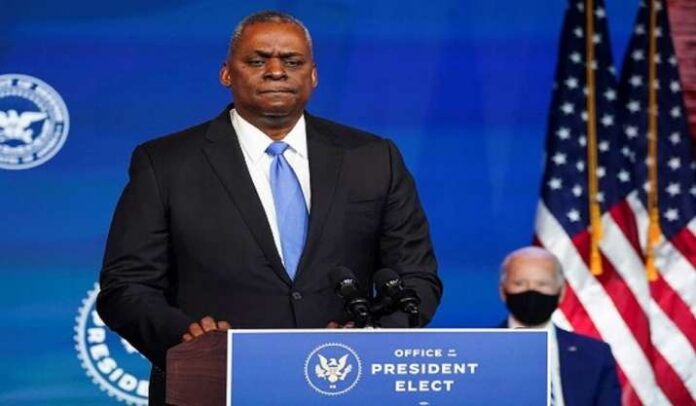| Translate This News In |
|---|
According to sources, US Secretary of Defense Lloyd Austin is planning a trip to India later this month. He would be the first member of President Joe Biden’s administration to travel to India in person.
In January, Defence Minister Rajnath Singh and his counterpart Austin reaffirmed Washington’s commitment to the India-US Major Defense Partnership. The two leaders also discussed their visions for an Indo-Pacific region that is open and free.
“During the call, Secretary of Defense Lloyd J. Austin III reaffirmed the Department’s commitment to the US-India Major Defense Partnership, noting that it is based on shared values and a shared interest in keeping the Indo-Pacific region free and open,” Pentagon Press Secretary John Kirby said.
According to sources quoted by Kyodo News on Friday, the leaders of the Quadrilateral Security Dialogue (Quad) countries — Japan, the United States, Australia, and India — plan to hold a teleconference as early as mid-March (local time).
According to the sources, Indian Prime Minister Narendra Modi, Japanese Prime Minister Yoshihide Suga, US President Joe Biden, and Australian Prime Minister Scott Morrison will discuss the equitable distribution of COVID-19 vaccines as well as efforts to address climate change.
In February, US President Donald Trump spoke with Indian Prime Minister Narendra Modi, and the White House stated that the two leaders agreed to work together to build “a stronger regional architecture through the Quad.”
Last month, the foreign ministers of the four countries met online and agreed to work toward a “free and open Indo-Pacific,” while vehemently opposing any attempts by Beijing to alter the status quo in the East and South China seas by force.
The framework has been criticized by China as an Asian version of the North Atlantic Treaty Organization attempting to stifle its legitimate rise.


















